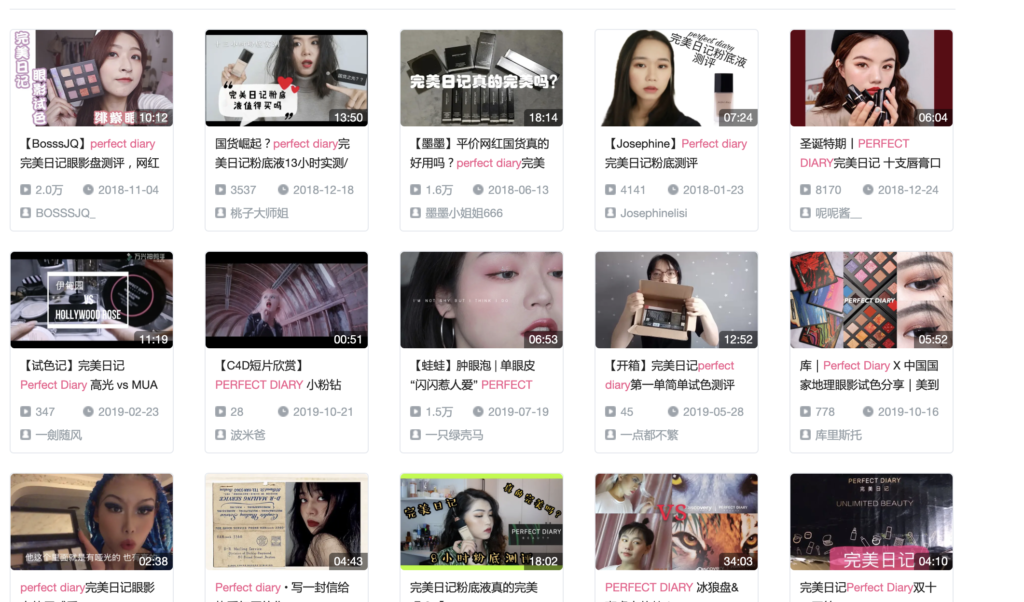“Lying in bed, opening YouTube, browsing my subscribers’ videos, I found more than half of a subscriber’s videos contain advertising placement. It merely triggered my boredom of this brand and also this YouTuber.”

That was an answer from my focus group several weeks ago, the topic of which was “How do you perceive online marketing during your experience on different social media platforms.” Four participants in the focus group all agreed that they hated the advertising placement in social media, no matter in what forms, such as product recommendations in a vlog, recommendations made by YouTube, or obvious collaborations with brands.

We used to think that advertising placement through online platforms would limit the budget, pinpoint consumers, and convey messages to the target effectively. But with time going by, people are more and more aware of advertising placement in any form, therefore, making them more sensitive to the advertisement. Moreover, once a brand leaves the impression of over marketing on consumers, it’s hard to change the brand image. For example, three or four years ago, Yves Saint Laurent Cosmetic developed a set of intensive advertising on the Chinese market, including a great many of influencers’ recommendations, pop-ups through social media platforms, and too many reviews stating the best quality and package of its lipsticks on e-commerce platforms. This set of marketing seemed to boost sales and improve brand awareness among consumers, however, a bundle of fake products came because of the great upsurge in purchasing Yves Saint Laurent lipsticks. Consequently, it triggered consumers’ antipathy against Yves Saint Laurent, cheapening its brand value.
Besides the example, we could tell people’s antipathy against over marketing from many aspects. Specifically, invasive pop-ups on the Internet; bad shopping experience: consumers hate that they are surrounded by so many shopping guides; the sickness of the same brand recommendation keeping showing. These kinds of advertising do make consumers impressive about the brand, but ironically, the worst impression of being anywhere.
However, this kind of marketing strategy seems to be useful to some degree, especially when a new brand comes out and tries to make a strong impression in a short period. For example, around 2017 and 2018, lots of Chinese cosmetic brands such as Judydoll, Perfect Diary, and Hedone started to intensively advertise through different social media forms including Weibo, Wechat, Bilibili, and Little Red Book. All of a sudden, they “invaded” into every influencer’s video. Though there were some critics about their over marketing on social media, they still succeeded in improving brand awareness in a short period and boosting sales.

Therefore, it seems hard for brands to make a balance between gaining awareness and avoiding overmarketing. With consumers’ growing awareness of advertisements, brands need to find an unobtrusive way to advertise without triggering antipathy. And by doing so, brands can gain a good reputation and keep a high brand value in the long run.
References:
https://www.quora.com/What-are-some-examples-of-over-marketing
https://www.demandjump.com/blog/why-placement-targeting-matters-display-advertising-best-practices
https://www.marketingsherpa.com/article/chart/digital-ad-placement-strategy

14 Responses to Will online advertising placement damage brand images?